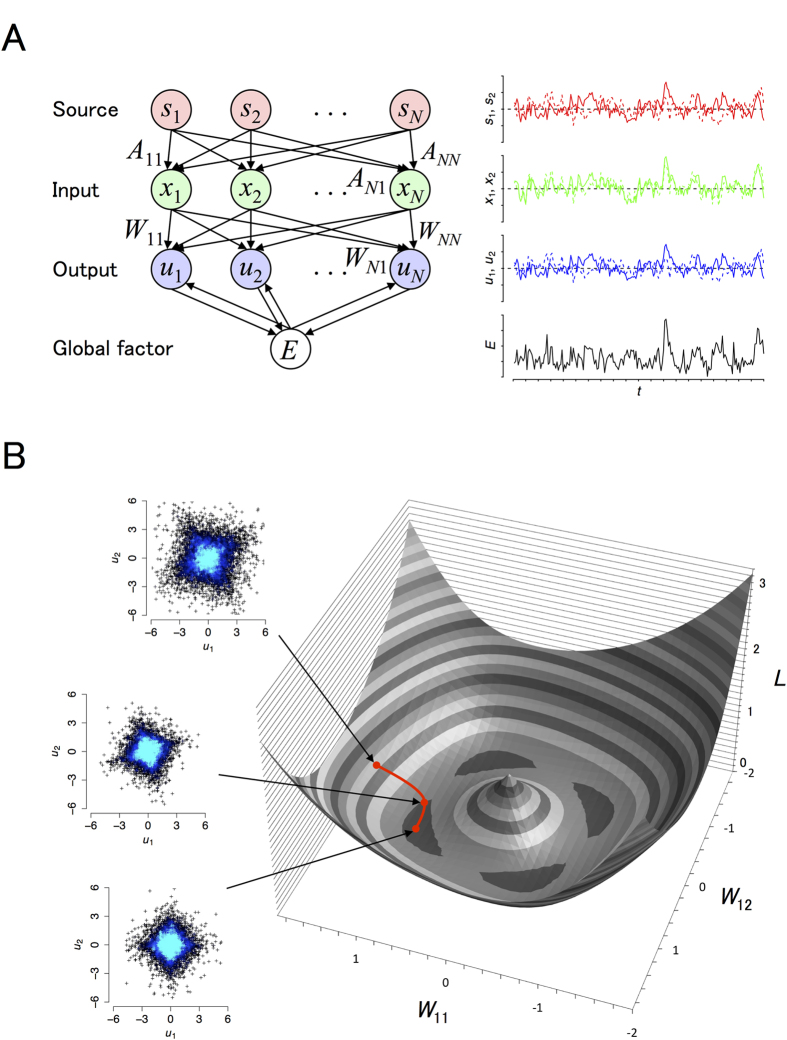Figure 1. Schematic image of the model setup and results of the proposed learning rule.
(A) Left: Schematic image of the model. The input x to the neural network is a linear mixture of independent sources s, i.e., x = As, where A is a mixing matrix. The neural network linearly sums the input and produces the output u = Wx, where W is a synaptic strength matrix. The goal is to learn the W ∝ A−1 (or its row permutations and signflips) for which the outputs become independent. To this end, a global signal E is computed based on the outputs of individual neurons and gate activity-dependent changes in W during learning. Right: Time traces of s, x, u, and E. (B) A dynamic trajectory of the synaptic strength matrix while the network learns to separate independent sources. The learning rule is formulated as a gradient descent algorithm of a cost function L, whose landscape is depicted as a function of synaptic strength parameters (W11, W12). Note that in order to graphically illustrate the results in this three-dimensional plot, we used a two-dimensional rotation matrix with angle 6/π as the mixing matrix A and restricted W as a rotation and scaling matrix (W11, W12; −W12, W11). The red trajectory displays how the gradient descent algorithm reduces the cost function L by adjusting (W11, W12). The three inset panels display the distributions of the network output (u1, u2) during the course of the learning. Each point represents sampled outputs and the brightness of the blue color represents probability density. Top: The outputs are not independent at the initial condition (W11, W12) = (1.5, 0). Middle: The distribution of the outputs is rotated during learning. Bottom: The network outputs become independent at the final state (W11, W12) = (cos 6/π, sin 6/π). The two sources are drawn independently from the same Laplace distribution (see Methods). Note that a MATLAB source code of the EGHR is appended as Supplementary Source Code 1.

